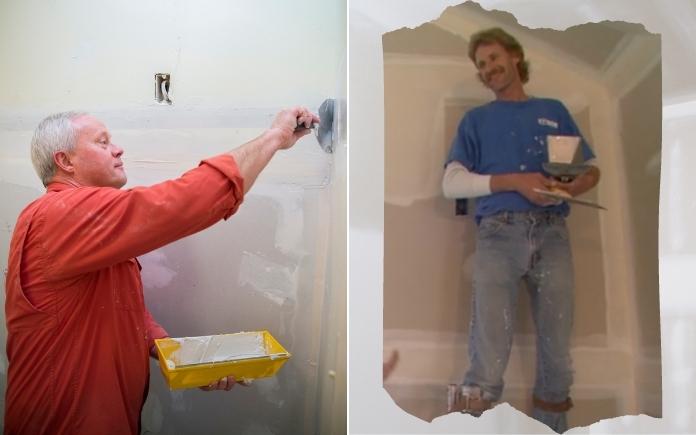
In Episode 4 of “Ask Danny,” I’m chatting with my longtime buddy and drywall pro Mark Rutherford — “The Drywall Expert.”
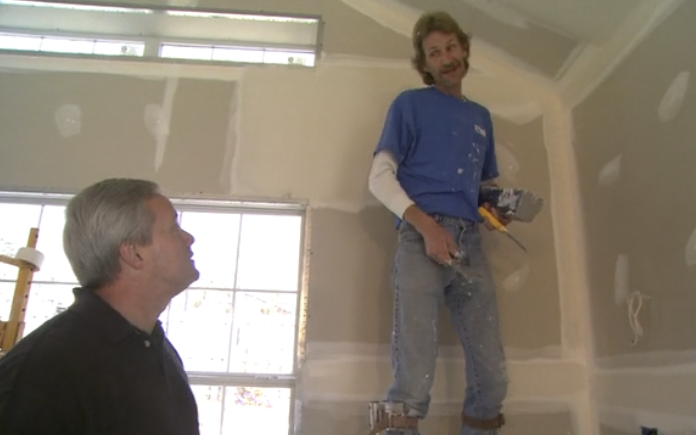
About Mark Rutherford
Mark Rutherford has labored with drywall on new design and transforming jobs for 40 yrs.
I to start with achieved Mark in 2007 while doing work on a activity area addition for an episode of Today’s Home-owner Television.
He now life in southwest Pennsylvania.

Drywall Nail Pops
Why does a nail pop take place, and what’s the greatest way to appropriate it?
Mark: Nail pops take place when a nail or screw comes unfastened less than drywall and creates a bulge or “pop” in the wall.
They normally take place with new design inside of the 1st calendar year. That is because almost everything is drying out and settling — the dwelling is really “finding itself.” I constantly say it is sort of like a residing particular person.
Nail pops are popular all over stairways because the regular stepping motion loosens up the nails.
To restore a nail pop, initial tap it with a hammer. If it feels spongy, that means the installer skipped the stud. Pull it out, and travel a drywall screw into the stud or joist in the vicinity of the gap, with the head of the screw just underneath the floor.
If you just cannot extract the unfastened nail, faucet in a different drywall nail suitable beside it so the head of that nail catches the current nail. This retains the nail from popping back out yet again.
If a screw is creating the pop, use a screwdriver to push it in deep so it’s flush with the wall’s surface.
When the nail or screw is below the drywall floor, use the back again of a drywall knife to flush the drywall paper with the floor, and then cover it with a coat of drywall mud.
Permit the mud dry for 24 hrs, then apply yet another coat. Soon after the second coat dries, sand it and use a store vac as you do the job to suck up any dust.
Tip: Preserve your nail pop mend space as tiny as achievable — the considerably less mud you use, the significantly less sanding you’ll have to have to do.
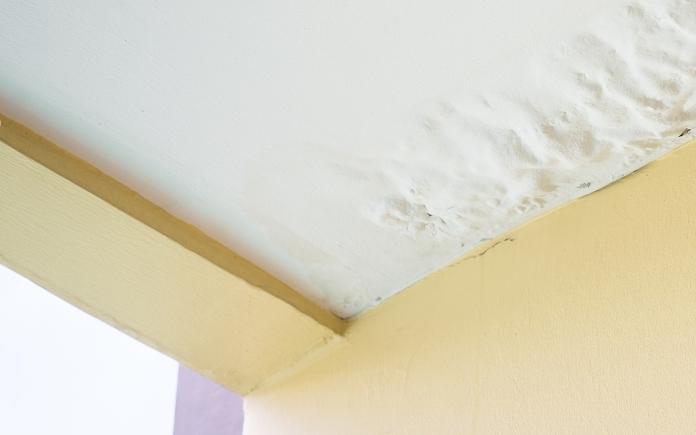
Drywall Puckering
How do you take care of drywall puckering?
Mark: Water harm is the most popular lead to of drywall pucker, but poor set up can also cause it. In some situations, the installer didn’t depart more than enough mud left at the rear of or didn’t use any in that location.
For major drywall puckering, clear away the tape to patch and repair. Lay down mesh tape and use a clean coat of drywall mud.
For slight puckering, use the corner of a drywall knife to elevate the loose tape and utilize a slender layer of all-function mud underneath the tape. Sleek the tape out and set a light coat of drywall mud around the edge of the tape.
For popcorn ceilings, use the similar system, but be extra very careful to not harm the texture.
If it’s a substantial crack or more mature ceiling, the popcorn ceiling texture will appear off. In that situation, you are going to need to have to apply a coat of sprayed acoustic texture.
You can invest in this materials in a can, but it can be difficult to utilize. Adhere to the instructions and exercise on a piece of cardboard initially.
If you can not match the texture, phone a specialist.
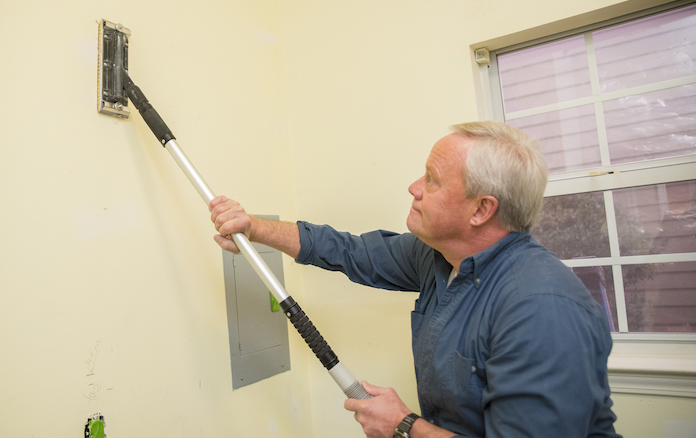
Managing Dust
What are some tips to decrease dust when sanding drywall?
Mark: To lower the mess while sanding drywall, I fundamentally produce an oxygen tent.
Working with 2-inch wide masking tape, I encase the area with plastic. I start taping at the ceiling, then convey it down the wall and to the floor. Almost everything is connect
ed.
Then, I build a door beneath to crawl into. At the time I’m completed sanding, I let the dust settle, dust myself off and crawl out the doorway.
Always flip off your HVAC process when sanding drywall. When the vents occur on, the plastic and dust will blow all-around, and the dust will function its way into your technique.
Past but not least, usually don a superior mask although you’re sanding.
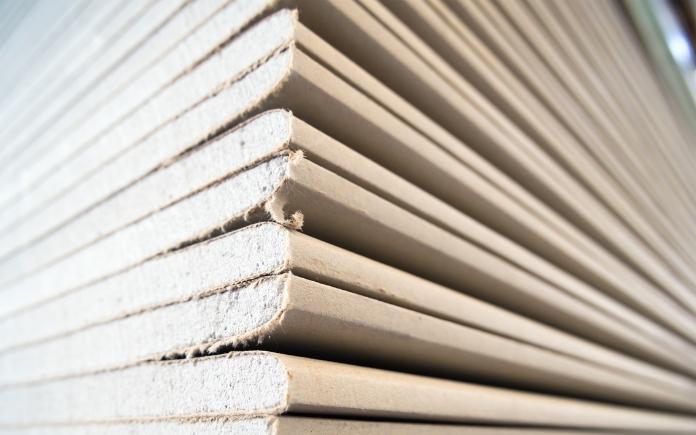
A Drywall Catastrophe
Some careers you never have to consider 2 times about turning down.
One particular time, a builder approached Mark at a job site and questioned him to glance at an additional home in the subdivision.
No significant offer, appropriate? Very well, mistaken. The total house was hung with pieces of scrap drywall. Turns out, the owners experienced been amassing the drywall from the dumpsters in the subdivision to construct the household. It did not matter if the drywall was a corner piece or angled, or even soaked and damaged.
“When I walked into that residence, it seemed like a 2,000-piece jigsaw puzzle,” Mark explained.
The most significant piece of drywall in the house was possibly about 2×4 toes, and in some spots, there were being gaps as massive as an inch large in locations.
“That was a large no from me,” Mark reported.
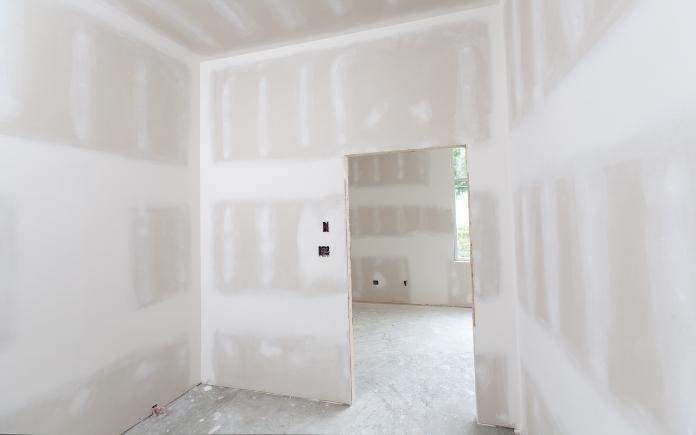
Mark’s Drywall Recommendations
- If you are doing work in close proximity to cupboards or baseboards, set tape/plastic down to safeguard all those spots.
- Make absolutely sure you are utilizing the appropriate drywall mud. Go with a inexperienced lid or black lid bucket. Use an all-intent mud and study the bucket. One particular form of mud may be very good for coating but not for taping.
- Be affected person and operate in stages. Let the mud dry then include further coats.
- If you are considering about reworking your home, attempt hanging the drywall yourself. You never know what you can’t do right until you check out.
More Looking at
Talk to a Query! (Podcast)
Talk to a issue and we could respond to it on the “Present day Home-owner Podcast!” We also could use it on our nationally syndicated radio broadcast or on todayshomeowner.com.





More Stories
What You Can Expect To Pay A Playa Del Carmen Realtor
Real Estate Agent Job Description
5 Steps To Being A Real Estate Negotiating Professional!